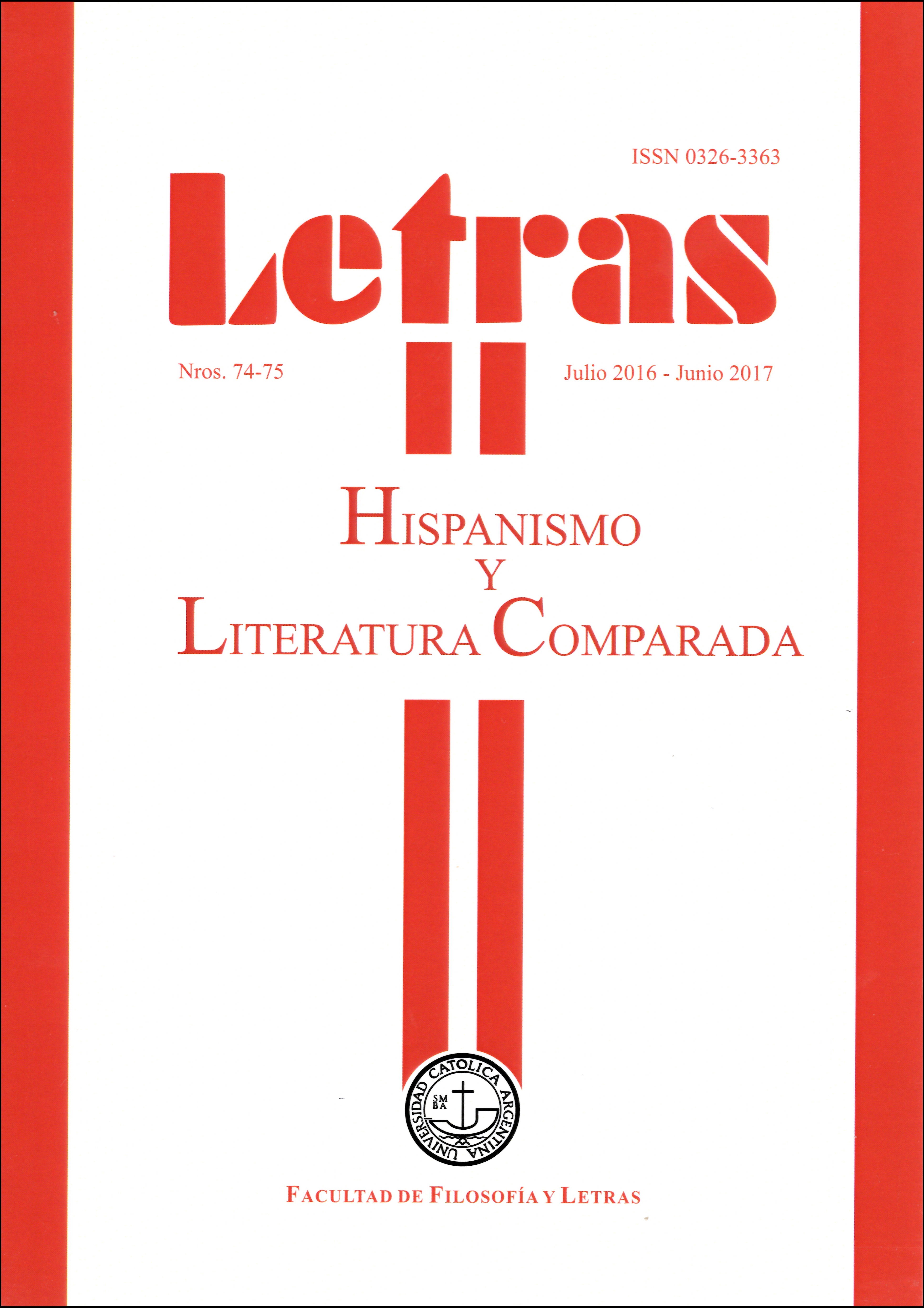Juegos de sinonimia en el Quijote : una intersección entre la narrativa de ficción y la historia de la traducción
Palabras clave:
Don Quijote, Parodia de técnicas y estrategias de traducción, Historia de la traducción, Historia de la novelaResumen
Es sabido que el Quijote se presenta a sí mismo como si fuera una traducción (la traducción de una supuesta crónica del historiador arábigo Cide Hamete Benengueli, hecha por un intérprete morisco y reelaborada por un "segundo autor" en su forma final de narración castellana). Sin embargo, la crítica ha tendido a considerar que este juego es simplemente una consecuencia de la parodia cervantina de los libros de caballerías, los cuales, con frecuencia, se presentaban a sí mismos como supuestas traducciones. El presente artículo propone que Cervantes realiza, en realidad, una parodia de prácticas y estrategias traductoras específicas, que habían sido usadas en España en tiempos anteriores y que involucraban aspectos tales como la colaboración entre traductores de distintas culturas, la multiplicidad lingüística y la posibilidad de que en un texto convivan distintas posiciones de lectura. El valor de considerar la especificidad de la parodia cervantina reside en la posibilidad de rescatar estos aspectos como objetos de la reflexión crítica y meta-ficcional que Cervantes propone en el Quijote.Descargas
Descargas
Publicado
16-04-2019
Cómo citar
Bistué, B. (2019). Juegos de sinonimia en el Quijote : una intersección entre la narrativa de ficción y la historia de la traducción. Letras, (74-75), 29–49. Recuperado a partir de https://erevistas.uca.edu.ar/index.php/LET/article/view/1694
Número
Sección
Artículos
Licencia
















